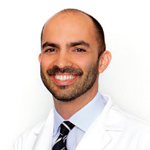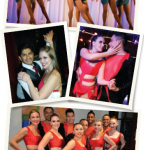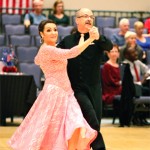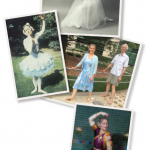
Image Credit: vectorgirl/shutterstock
There can be a rhythm to rheumatology. At least that’s what Alain Alvarez, MD, can sometimes find. Listening, assessing, helping. It can be a successful dance when doctor and patient become partners, hoping to lead each other forward.
When you consider this, it might be little surprise that Dr. Alvarez is also a dance teacher.
In fact, he started taking salsa classes himself during his second year of medical school. It helped him blow off steam and find a different way to engage with others. “I love the music and it’s a part of my heritage,” he says. “I was excited to reconnect with it. I have pictures of my parents in their teenage years, and they’re doing it. I actually was born in Cuba and came over with the family at age 4.”
But he had to sit out his share of dances along the way. “Taking classes got interrupted as I got busy [with medical school],” he says. “But I couldn’t stay away forever. … I went back into it, and one day an instructor needed to step out for a few minutes, looked at me and said, ‘Go ahead, and take over.’ A few times later it happened again and, eventually, the studio asked me if I wanted to be a teacher.”
The Daily Dance Begins
As part of the team at Advanced Rheumatology Center in Delray Beach, Fla., Dr. Alvarez has to be light on his feet, anyway, as he averages patients into the double digits during a work day. Soon after he steps into the office, he’s going over labs and considering the people he’ll see and their previous visit. “I’m more of an interventional rheumatologist because I do a lot of procedures daily,” he says. “I evaluate a patient and then step out and may possibly order certain injections.
“Then, of course, my staff gets to work. My nurse draws up all the shots, and she does things, such as document the injection in the note. Another’s job is to go into the room and position the patient and enter the patient information into the ultrasound machine and make sure that it’s all properly labeled. It then becomes time for me to go back into the room.”

Dr. Alvarez
Listening is also a key part of Dr. Alvarez’s day. “You need to ask the right questions,” he says. “I find I sometimes have to ask something in a few different ways to really understand what’s going on. Sometimes people need to ease into telling you what the issue is.”


